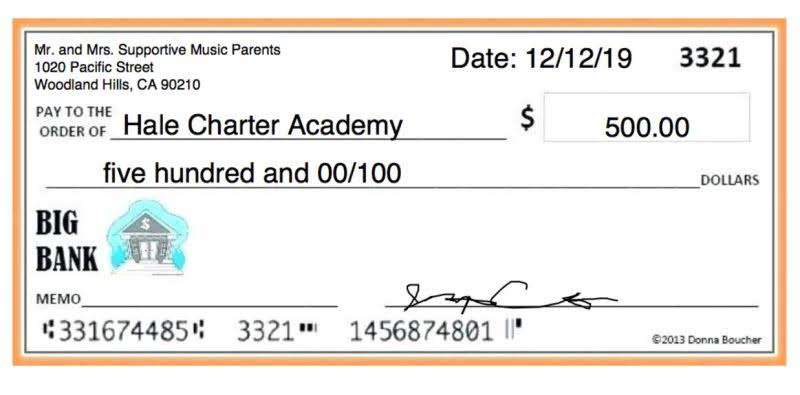
The process encompasses data collection, general ledger maintenance, account reconciliation, and more. High-quality data forms the foundation for reliable financial reporting and analysis. However, the company can streamline its financial operations with a well-designed process.
- The R2R process serves as this crucial link, enabling businesses to maintain financial integrity while supporting strategic growth initiatives.
- This arms the upper management of companies with the right information to tackle challenges that plagues their business.
- These experts better understand the company after checking the data for completeness and accuracy.
- Aside from facilitation also, organizations have to be able to comply with policies such as GAAP, IFRS, and other domestic requirements, which means, they have to be undergoing changes regularly.
- By simplifying data collection and reporting, R2R ensures that key stakeholders have the right information to drive growth, even when data is spread across different systems and locations.
- The business must now figure out the amount of consideration it expects to receive in return of the goods or service transferred, as per the contract.
- It aggregates existing collection methods to display performance reports prepared for management.
Account Reconciliation
When the processing of information is done by people, mistakes tend to occur so as to distort the quality of information on the finances of an organization. FinnOps can automate all SOP-driven processes, including MIS, Reconciliation, Data validation, and transformation. The platform implements industry-leading security practices and uses a proprietary algorithm that ensures data is never exposed to external AI engines.
Effective Data Integration

Technology IntegrationImplementing and record to report process steps integrating new technologies can be challenging, especially for organizations with outdated systems. It presents a review of the status of overall goals and actual performance in relation to the market, which strategists require. R2R reveals anomalies and performance variation analysis, another business planning requirement. Firms can gain a competitive edge and become competent, agile, and coordinated through superior management procedures. Shak Akhtar, General Manager of Finance Automation at Redwood Software, possesses extensive experience in finance and IT.
Solutions
Advancements in technology and evolving business needs drive future trends in the process. Some key trends include increased cash flow automation and artificial intelligence (AI) adoption. Cloud-based solutions are also becoming more prevalent as they provide scalability and accessibility. Advanced analytics and data visualization tools help gain deeper insights from financial data. Beyond compliance, R2R provides valuable analytical insights that help improve financial performance and guide strategic decision-making.
A culture of improvement ensures the process remains adaptable and aligned with evolving business needs. Advanced software solutions streamline tedious activities like data entry and reconciliation. It also frees up valuable time for finance professionals to focus Retail Accounting on value-added activities. The laborious task of compiling accurate reports consumes valuable time and increases the risk of errors. The record to report (R2R process) concept has transformed how accounting departments manage financial procedures.
- Record to Report is important because it helps businesses understand their financial position.
- Company and customer must also recognize each other’s rights regarding the goods or services.
- Do you want to send safer payments, eliminate manual processes, and give your payees a choice in how they get paid?
- Any necessary adjustments are made to prepare final financial statements, making sure everything is recorded and resolved properly.
- Through this process, the company can evaluate its financial performance in a given period and based on this to decide how to act.
These technologies can process large volumes of financial data and provide valuable insights for decision-making. Establish performance metrics and conduct regular reviews to assess the effectiveness of the process. Monitor key performance indicators, like process cycle time and reconciliation completeness. The cloud allows your organization to access and store financial data securely.

Company Overview
Record to Report is not used for processing transactions, but rather the aggregation of existing computer systems collection to display performance reports prepared for management. Audit – It’s challenging to audit companies with diverse types of operations and operations in multiple countries. R2R practices help maintain well-organised financial and accounting records that facilitate internal and external audits as well.

Understanding the record-to-report process steps: Streamlining financial reporting for informed decision-making
- It ensures accurate financial records and compliance with regulatory requirements.
- The platform implements industry-leading security practices and uses a proprietary algorithm that ensures data is never exposed to external AI engines.
- FinnOps can handle all types of reconciliations including bank account, sales, inventory, order to cash, job costing, taxes, and inter-company reconciliations.
- These reports help show clearly how the business is doing financially and are shared with managers, stakeholders, or regulators.
- Indeed, ASC 606 is for any business that sells a product, service or subscription.
Streamline your account reconciliation and compliance processes with Redwood’s industry-leading finance solutions. Automation also supports the integration of data across various systems and platforms, enhancing the efficiency of data collection, validation and reconciliation processes. ASC 606 simplifies revenue recognition with a clear five-step framework, helping businesses stay compliant and transparent in financial reporting. This involves reconciling accounts and comparing the records with bank statements, invoices, or other documents to fix any discrepancies. Once the data has been prepared, it is used to generate financial documents, such as income statements, balance sheets, and accounting books.

